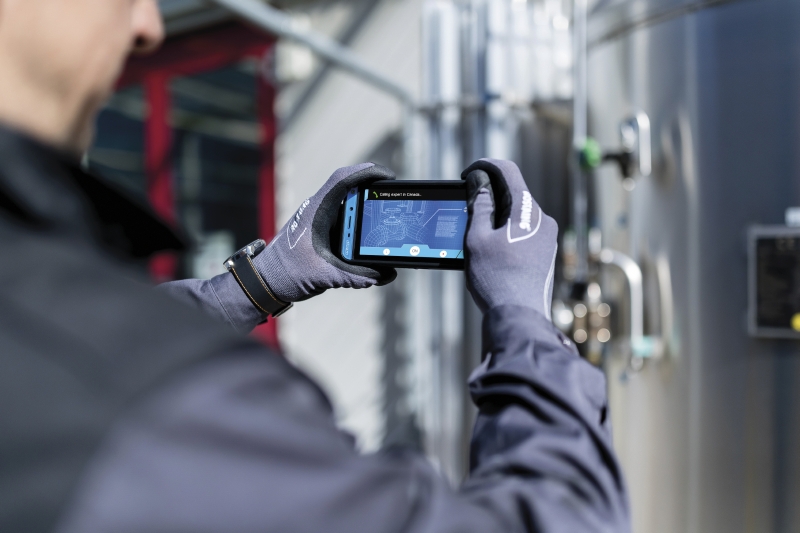Talking about technology is synonymous to agility and solution, but when the concepts and their fields of application are not clear, they can generate confusion and resistance. This time we will talk about Virtual Reality (VR), Augmented Reality (AR) and Assisted Reality (aR), 3 technologies that are creating a revolution in the industrial sector. Here we will explain from our experience its benefits, common factors, differences and applications:
✅ Virtual Reality (VR): Creates a fully immersive, computer-generated virtual environment in which users can interact with digital objects and environments. Users are isolated from the real world and immersed in a simulated environment that can be interactive and manipulable. VR users must wear devices such as glasses or special headsets that cover their eyes and sometimes ears as well to immerse themselves in a three-dimensional digital world.
✅ Augmented reality (AR) is a technology that allows us to superimpose digital information (virtual objects, data, images, etc.) in the real world through devices such as smartphones, smart glasses or tablets. Users see both the real environment and virtual elements, which complement or enrich reality.
✅ Assisted reality (aR): is a variant of AR that focuses on providing remote assistance and support on specific tasks to users. This technology superimposes information from the real world to the user’s view without blocking the latter’s vision and without losing control of their environment, that is, it is not immersive. The aR uses devices such as smart glasses or helmets that overlay relevant information in real time while users interact with their environment.
Fields of application of virtual, augmented and assisted reality
Equipment manufacturers
Automotive
Audit and inspection
Mining, oil and gas
Technical support services
Agri-food
Education
Game and entertainment
Risks prevention
Marketing
Architecture and Construction
Benefits of virtual, augmented and assisted reality
Reduce downtime due to breakdowns
Reduction of operator travel costs
Monetize your post-sale services
Optimizes maintenance and inspection processes
Generate memorable audiovisual experiences
Optimizes data collection and processing
Identify and detect patterns in productive environments.
Carry out image treatments to extract relevant information.
Similarities and Differences between virtual, augmented and assisted reality
| Similarities and Differences | Virtual Reality (VR) | Augmented Reality (AR) | Assisted Reality (aR) |
| Immersion level | High | Low | Low |
| Interaction with the environment | Null | Medium | High |
| Degree of overlap with the real world | Null-new environment | Medium | Medium |
| Required Device | 🗸VR Glasses 🗸VR headsets | 🗸Smartphones 🗸Smart Glasses | 🗸Smartphones 🗸Smart Glasses 🗸Tablets |
If we focus on the industrial sector, virtual reality technology provides many benefits in different industrial sectors, but to achieve profitability from the implementation it is vital to properly select remote assistance software that is adaptable to business operations and that field users can perform tasks easily, efficiently, intuitively and in the shortest possible time.
In response to the aforementioned requirements, Wideum has developed 3 remote assistance software called Remote eye, Process eye and Twin eye, applicable to different tasks in operational fields and whose main competitive advantage is security and ease of use.

